
Metric series T, nylon type, general air tubing is offered in 6 different colors. The T series is available in roll sizes 20m and 100m. The 100-meter rolls are available as standard in black and white only., G96, T TS, "TUBING, NYLON PLASTIC REEL" lb
Metric series T, nylon type, general air tubing is offered in 6 different colors. The T series is available in roll sizes 20m and 100m. The 100-meter rolls are available as standard in black and white only., TUBING, NYLON, TUBING, NYLON T/TIA, TS/TISA, 2.44 lb
Metric series T, nylon type, general air tubing is offered in 6 different colors. The T series is available in roll sizes 20m and 100m. The 100-meter rolls are available as standard in black and white only., TUBING, CUT LENGTH, TUBING, NYLON T/TIA, TS/TISA, 7.694 lb
Easy maintenance, Attaches with SMC's standard interface, Diverge piping in all directions, T-SPACER W/T-BRACKET (T-BKT), AIRLINE EQUIPMENT, AC FRL COMBO, 22, AC NO SIZE RATING ACCESSORY, .42900 lb
Metric series T, nylon type, general air tubing is offered in 6 different colors. The T series is available in roll sizes 20m and 100m. The 100-meter rolls are available as standard in black and white only., NYLON TUBING, TUBING, NYLON T/TIA, TS/TISA
Metric series T, nylon type, general air tubing is offered in 6 different colors. The T series is available in roll sizes 20m and 100m. The 100-meter rolls are available as standard in black and white only., Nylon Tubing, TUBING, NYLON T/TIA, TS/TISA, G96, 8 lb
Metric series T, nylon type, general air tubing is offered in 6 different colors. The T series is available in roll sizes 20m and 100m. The 100-meter rolls are available as standard in black and white only., Nylon Tubing, TUBING, NYLON T/TIA, TS/TISA, G96, 8 lb
Series: 742 (VP700), Pilot Type: Internal Pilot, Pressure Specification: K (High-pressure Type, 1.0MPa), Coil Specification: T (w/Power Saving Circuit, DC Only), Voltage: 5 (24VDC), Electrical Entry: T (Conduit Terminal), Light & Surge Suppressor: Z (Light & Surge Suppressor), Manual Override: Non-locking Push Type, Port Size: 04 (1/2), Thread Type: T (NPTF), Actuation Type: B (N.O., Normally
Series: 542 (VP500), Pilot Type: Internal Pilot, Pressure Specification: Standard (0.7MPa), Coil Specification: T (w/Power Saving Circuit, DC Only), Voltage: 6 (12VDC), Electrical Entry: T (Conduit Terminal), Light & Surge Suppressor: Z (Light & Surge Suppressor), Manual Override: Non-locking Push Type, Port Size: 02 (1/4), Thread Type: T (NPTF), Actuation Type: B (N.O., Normally Open)
Series: 542 (VP500), Pilot Type: Internal Pilot, Pressure Specification: Standard (0.7MPa), Coil Specification: T (w/Power Saving Circuit, DC Only), Voltage: 6 (12VDC), Electrical Entry: T (Conduit Terminal), Light & Surge Suppressor: Z (Light & Surge Suppressor), Manual Override: Non-locking Push Type, Port Size: 03 (3/8), Thread Type: T (NPTF), Actuation Type: B (N.O., Normally Open)
Body Type: T (Body Ported), Valve Option: Standard, Voltage: 6 (12 VDC), Electrical Entry: T (Conduit Terminal), Light & Surge Suppressor: None, Port Size: 02 (1/4, 8A), Thread: T (NPTF)
Body Type: T (Body Ported), Valve Option: Standard, Voltage: 1 (100VAC, 50/60 Hz), Electrical Entry: T (Conduit Terminal), Light & Surge Suppressor: Z (Light w/Surge Voltage Suppressor), Port Size: 02 (1/4, 8A), Thread: T (NPTF)
Body: T (Body Ported), Valve Specification: Non (Standard), Port Size: 02 (1/4), Voltage: 6 (12 VDC), Electrical Entry: T (Conduit Terminal), Surge Voltage Suppressor: None, Manual Override: None (Non-Locking Type), Thread: T (NPTF)
Prefix: Not Required (for 010 Bore, T Mount 016 Bore), Mounting: T (T-Bracket), Applicable Bore: 16mm
Prefix: Not Required (for 010 Bore, T Mount 016 Bore), Mounting: T (T-Bracket), Applicable Bore: 10mm
The required lifting force can then be determined by dividing the theoretical lifting force by the safety factor t.
The required lifting force can then be determined by dividing the theoretical lifting force by the safety factor t.
The required lifting force can then be determined by dividing the theoretical lifting force by the safety factor t.
The required lifting force can then be determined by dividing the theoretical lifting force by the safety factor t.
The required lifting force can then be determined by dividing the theoretical lifting force by the safety factor t.
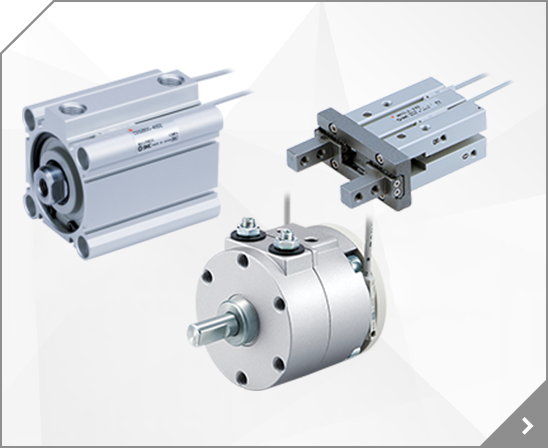
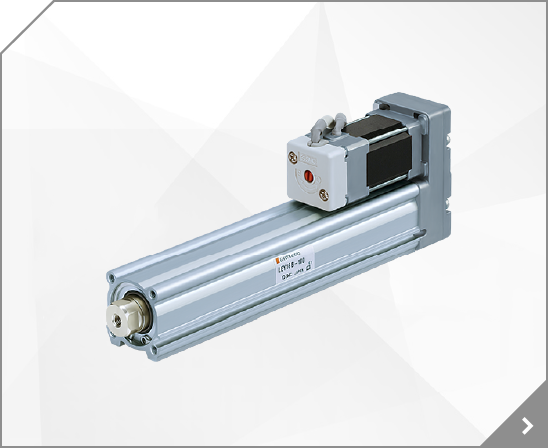
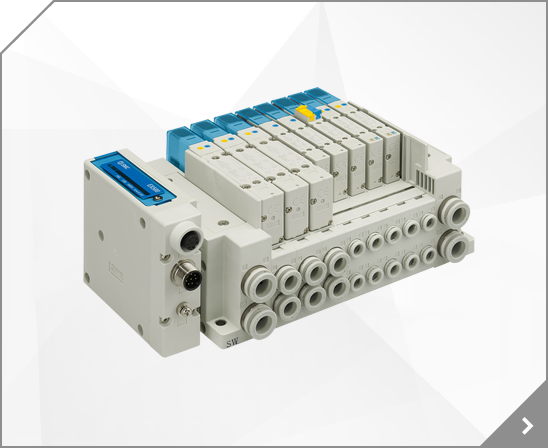
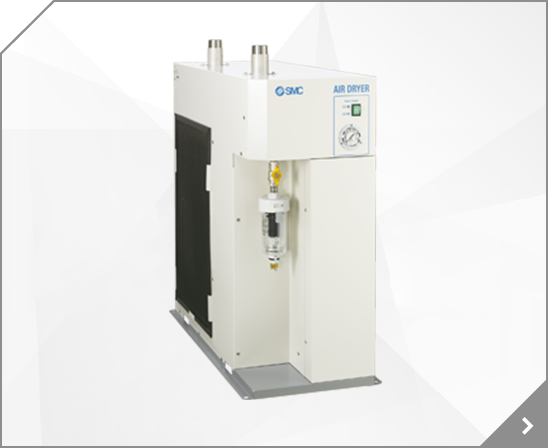
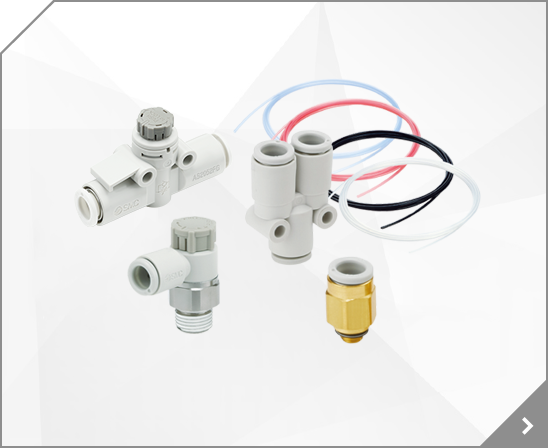
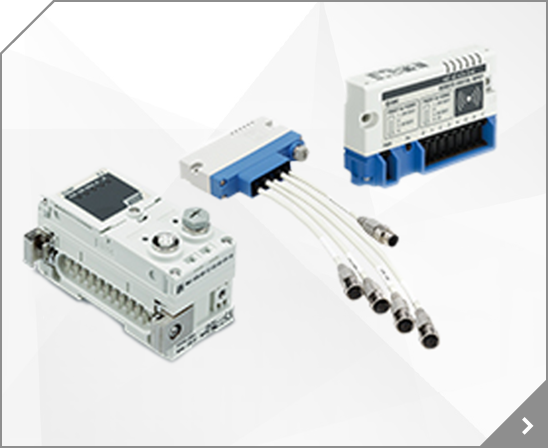
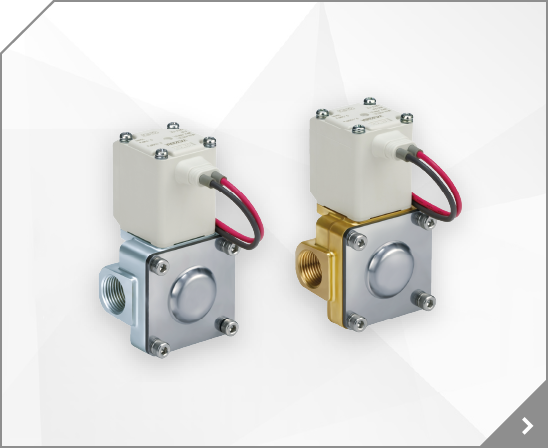
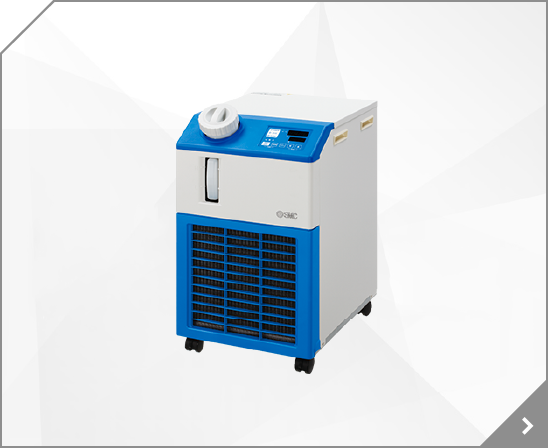
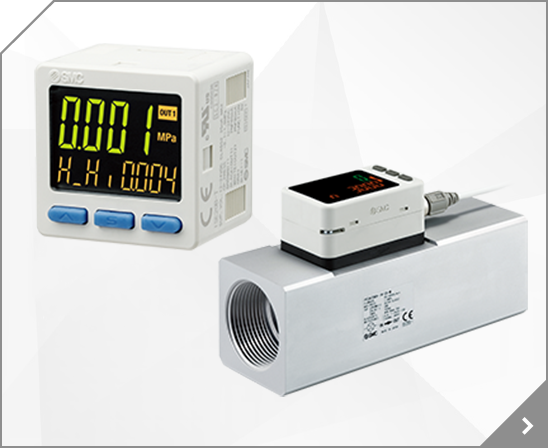
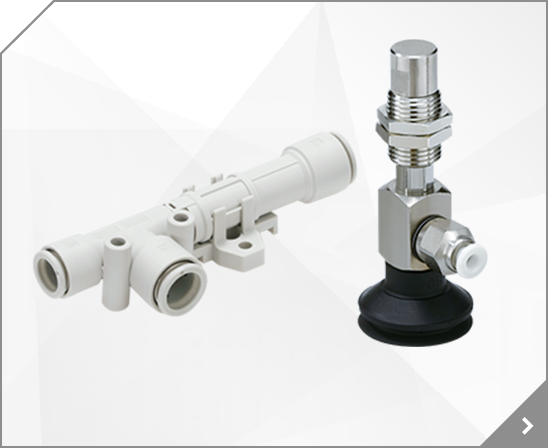

 Vacuum Gripper
Vacuum Gripper